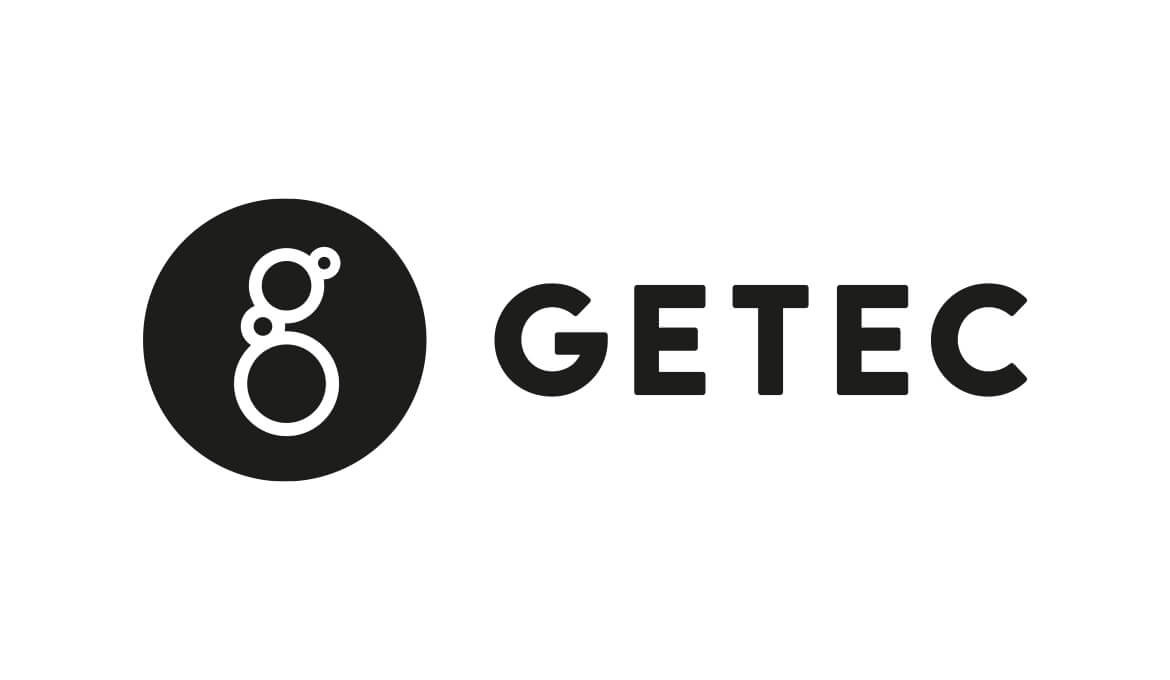Reporting with Seeq
With the introduction of Seeq Organizer, the manual Excel process for visualizing LIMS data at dsm-firmenich has been replaced by an efficient, automated solution.
Mandate
Samples are taken in dsm-firmenich's production facility, which are managed in the LIMS and used for reporting. In order to ensure a clear presentation without having to call up each report individually, the customer previously maintained several Excel tables in which the measured values were entered manually.
By connecting the LIMS to the AVEVA PI Historian, the sample train data is now transferred automatically. The customer's original plan was to link the existing Excel tables with the Historian so that the data could be automatically transferred to the Excel tables via PI DataLink. In total, more than 40 sample train locations were to be displayed in this way.
Although the LIMS data could be displayed in Excel, each cell would have an extensive formula, which could easily be corrupted if clicked on incorrectly. In addition, an auxiliary table would be required to calculate mean values and other aggregations. Furthermore, technical limits of the PI DataLink would mean that the Excel tables would have to be maintained regularly.
The customer was already using Seeq. CTE impressed them with the expertise of its Seeq Certified Analytics Engineers in order to make optimum use of the software. For example, dsm-firmenich commissioned us to implement the presentation of the data of the individual sample trains in Seeq instead of Excel tables.
Procedure
The sample trains were to be visualized in the Seeq Organizer, whereby the display was to be similar to the previous Excel table. An analysis was created in Seeq Workbench for each sample train and then summarized in Seeq Organizer.
This made it possible to display several sample trains on one page, which was not directly feasible in Excel. The sample trains are primarily accessed via the Seeq Organizer; a detailed analysis can be carried out directly in Seeq Workbench if required.
Die Daten aus dem LIMS wurden dabei so formatiert, dass beispielsweise Einheiten hinzugefügt und die Anzahl der angezeigten Dezimalstellen festgelegt wurden. Dabei war auch zu beachten, dass unterschiedliche Datentypen harmonisiert werden mussten. So konnten beispielsweise nicht-numerische Werte wie <= oder >= aus Limit Tests nicht in der gleichen Spalte wie numerische Werte angezeigt werden. Zusätzlich wurden Grenzwerte aus dem LIMS übernommen, bei deren Verletzung die entsprechenden Werte automatisch rot markiert werden.
This visual highlighting makes it easier for the operator to recognize deviations immediately. Templates for recurring views have been created in Seeq to ensure a uniform and efficient display. A central aspect is data storage in the AVEVA PI system, whereby Seeq is used exclusively for visualization and analysis. This takes account of the "single source of truth" concept, in contrast to the original approach, in which the data was also stored in Excel.
Conversely, it was therefore not possible for the operator to enter their own data, e.g. comments, on the respective LIMS data records in Seeq. The entire project was implemented as a pilot for one company. If integration into everyday production is positive, it may be extended to other companies.
Achievements
With the implementation of Seeq instead of the previous Excel tables, significant improvements have been achieved:
1. efficient presentation:
The visualization of around 40 sample access points in Seeq Organizer was successfully implemented. This enables the data to be displayed centrally and clearly without having to manually create and maintain multiple Excel files, as was previously the case.
2. reduced workload:
The effort required to create and maintain the displays was significantly less than with the Excel-based solution. Changes to the data, such as the addition or removal of signals, could be carried out easily without the risk of damaging existing formulas or cell references.
3. improved user-friendliness:
The use of Seeq considerably simplifies handling for the customer. Instead of having to manage and regularly update several Excel spreadsheets, the customer can now call up all relevant data centrally and clearly in Seeq. The ability to switch directly to Seeq Workbench if required and carry out in-depth analyses increases the flexibility and efficiency of work processes.
4. error prevention:
By eliminating manual data entry in Excel, typing errors and the associated inaccuracies can be avoided. Automated data transfer via AVEVA PI Historian ensures that the values displayed are always correct and up-to-date. The feedback from the customer has been consistently positive. The introduction of Seeq represents a future-oriented solution that significantly improves the existing work processes.
Project Phases
Find out more about our development process.
